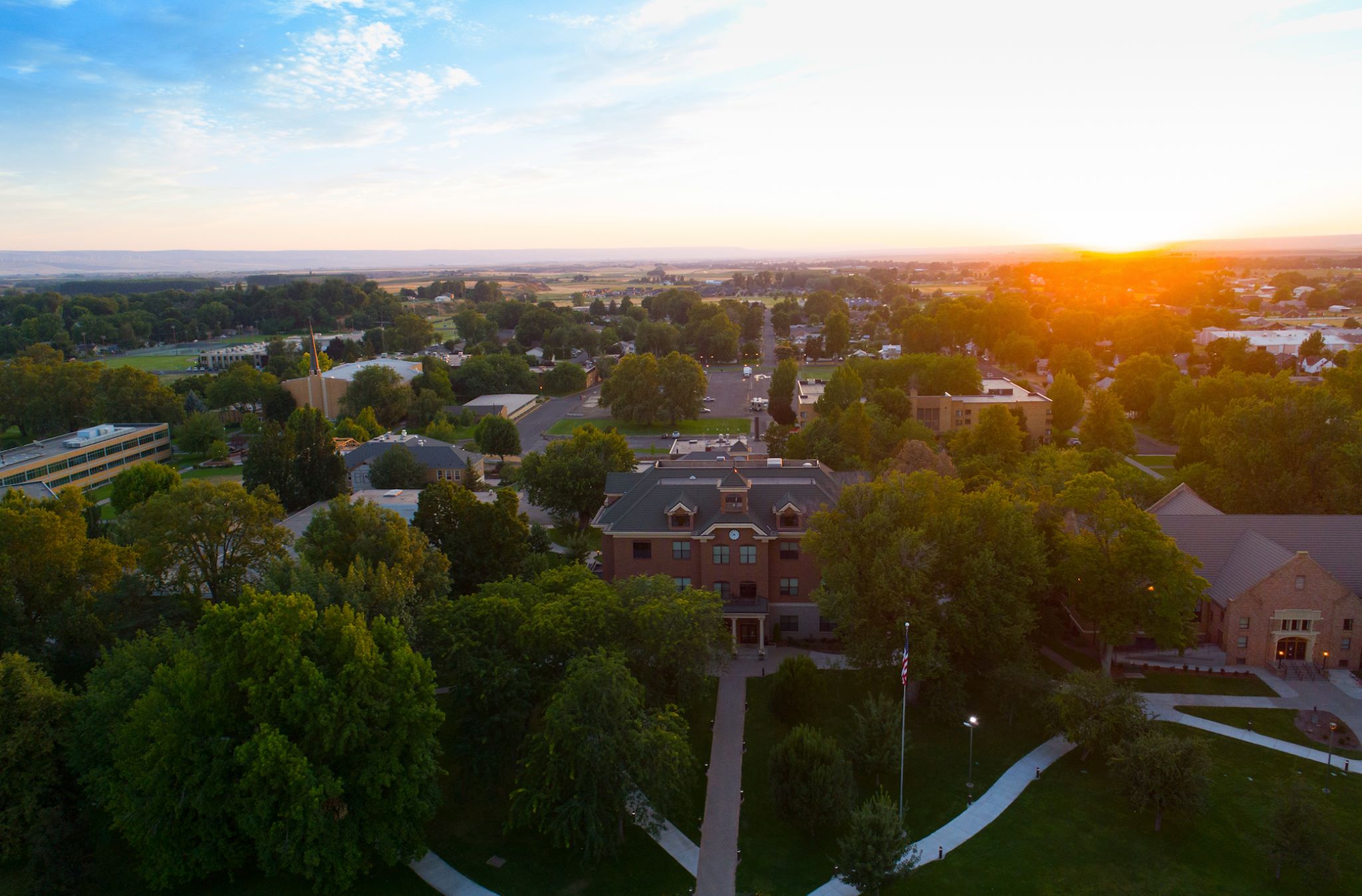Archive Content: Revision Cycles 1993 through 2023
With the balloting of the First Draft of the 2020 National Electrical Code (the NEC, a consensus document developed by the National Fire Protection Association) now completed, we turn our attention to the 2022 revision of the National Electrical Safety Code (te NESC, a consensus document developed by the Institute of Electrical and Electronic Engineers).*
We collaborate with the IEEE SCC-18 and the IEEE Education & Healthcare Facilities Committee in developing safety and sustainability concepts unique to educational facilities — particularly the campuses of large research universities where the power systems are on the order of 25 to 250 connected MVA. Power systems this large are unregulated by public service commissions because they are considered premises wiring by the NEC and considered to be on the customer side of the point of common coupling by investor-owned utilities who are. Coupled with the NEC, the NESC sets the standard of care for all exterior campus power system design, construction and maintenance.
Public input is due July 16, 2018. All IEEE consensus documents are on the standing agenda of our weekly Open Door teleconference — every Wednesday, 11:00 AM Eastern time. Click here to log in. The next teleconference of the E&H committee is scheduled for June 9th. Anyone is welcomed to join either of the two teleconferences hosted bi-weekly during the business day of Europe (15:00 – 15:30) and the Americas (3:00 – 3:30 PM EDT) with the login information on the IEEE E&H website: http://sites.ieee.org/icps-ehe/
Issue: [16-67]
Contact: Mike Anthony, Robert G. Arno, Lorne Clark, Nehad El-Sharif, Jim Harvey, Kane Howard, Joe Weber, Guiseppe Parise, Jim Murphy
Category: Electrical, Energy Conservation & Management, Occupational Safety
https://standardsmichigan.com/nesc-2017-safety-rules-for-underground-power-communication-systems/
*The NFPA is an organization with fire safety as a primary consideration. The IEEE is an organization with the safety and sustainability of electrotechnology as a primary consideration. These are two different complementary but oftentimes competing cultures with respect to sustaining the business model of an accredited consensus standards developer.









